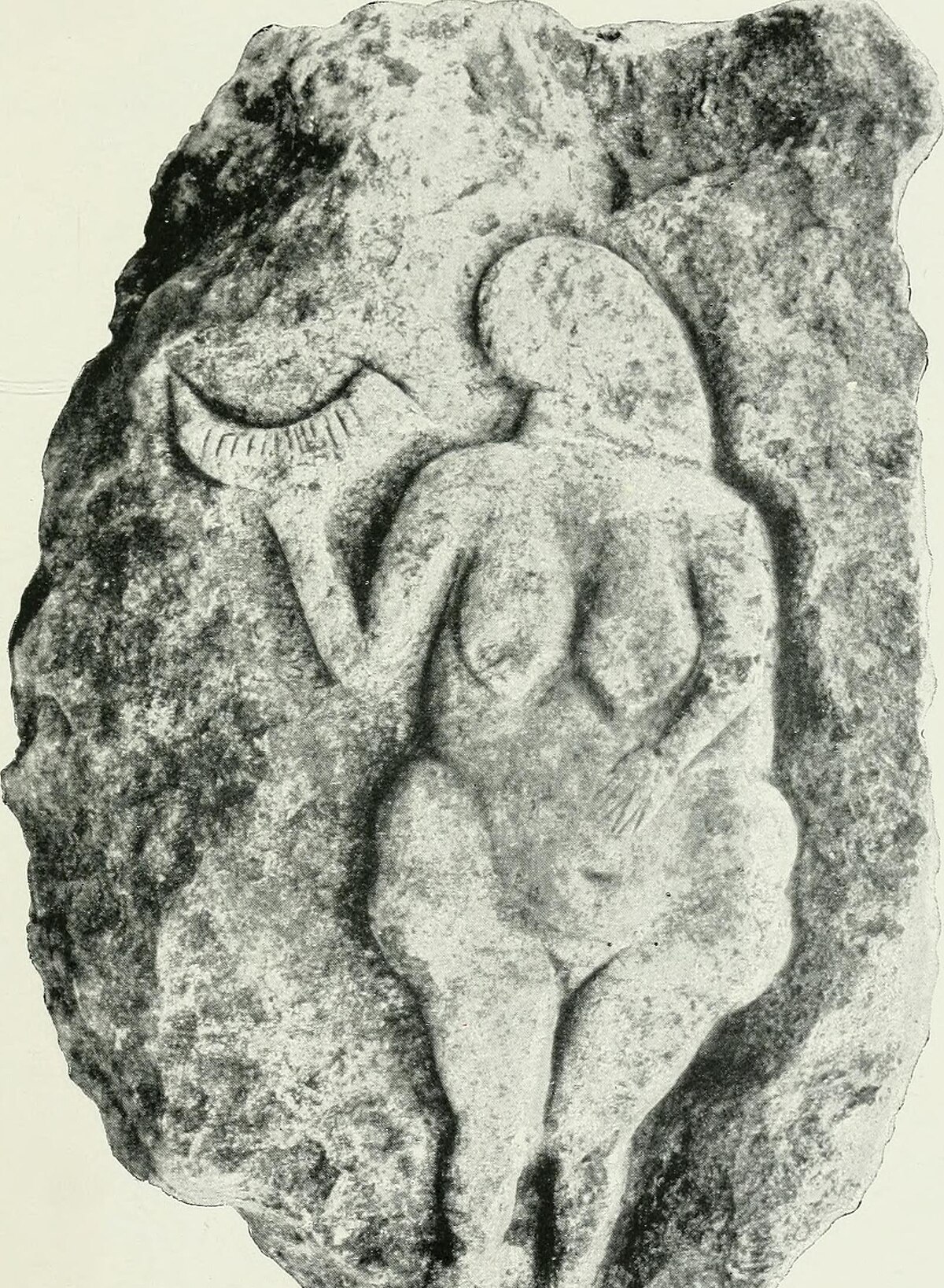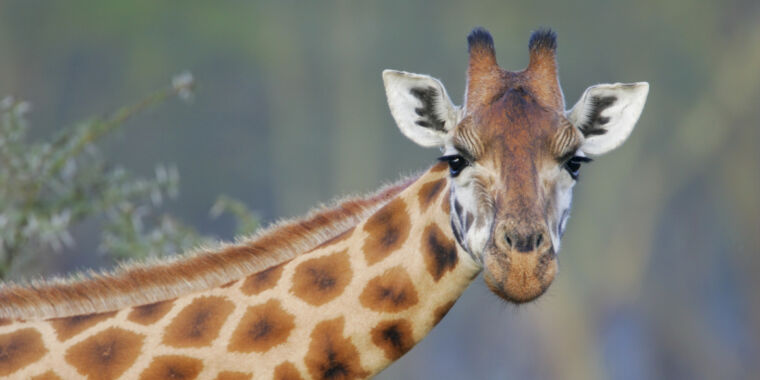juantoo3
....whys guy.... ʎʇıɹoɥʇnɐ uoıʇsǝnb
The unexamined life isn't worth living, right? Or something like that...
animal mind
Animals reason. Some make tools, the closest to artistry I can remotely see would be nests, as so many are woven.
future time
I read some real time translations with Koko the Gorilla. I think the researcher was Penny....I had her name and lost it writing. Patterson, Penny Patterson. What I saw I interpreted as along the lines of a pre-school age human child, perhaps inable to speak, actually similar in most respects to a deaf child that has to sign with their parents.
What I recall was "here and now" thinking. I'm hungry. I'm tired. There was a good bit of understanding of past, and I chalk that up to experience. The only foresight I can interpret is experience...novel situations are just not part of the thought process. There's reaction I would think, such as being startled by a loud noise or such, and if my poor puppies neuroses during thunderstorms is any indication, some of that feedback becomes a self fulfilling loop.
Point being one aspect I see clear distinction between the human mind and animal mind is the ability to project our thoughts forward insomuch as we can anticipate novel situations.
sentience
I recall so many times Vajra would distinguish between sentient and non-sentient beings. For understanding, I take a bit more Native American (by my understanding) approach in that all life is connected. Vajra never disagreed with that, but I brushed his idea aside as irrelevant...and that's too harsh, I respect Vajra too much for that, but I'm not thinking of a better word to use right now.
I'm wondering though, in considering animal thought processes, that sentience almost seems a requisite cutoff between phylogenically (?) "higher" order animals.
food
I'm not sure what I want to say here other than I wondered if there was some distinction to be made between hunter and prey animals. This would play into early homonin reasoning, and the distinctions would help draw out the reasoning functions, basically scholastically picking apart animal reasoning, since early homonins were both hunter and prey.
Just watched 2001: A Space Odyssey again a few days ago, I've misplaced my copy and I've looked for about 3 years now and can't find it, so I bought a deluxe set with some interviews and backstory. The two lead mime / dancers that played the two dominant males were still alive (the commentary was made in 2001...22 years ago as I write this), it was really cool to see them and hear their story.
But yeah, I'm thinking this hunter / prey thing might or might not be something to consider.
knowledge v experience
Here I was thinking about how we talk all the time about "knowing" something, "we put a man on the moon," "we built a nuclear reactor," "we" did this or that....and as an exercise I've long asked, even here before but I don't remember where, about how we don't truthfully "know" unless we can show the experience. And then I ask if a person is able to make fire.
"Oh yeah, sure. Mankind has been handling fire for forever, of course I can...hand me a lighter and some newspaper. (Shows how old school I am, try finding a lighter anymore, let alone a newspaper)
"No." Can you make a fire with no man made tools, all organic, all natural...can you *make* a fire?
Ummm,...no.
Then you cannot *truthfully* say you can make a fire.
Animals live in the moment. That is the only place they know to live.
symbolic thought
Those who became human for one, could reason future. They could expand a bit on experience and pass that information forward, especially to family (tribe).
Over time what was painted became shorthand symbols, which became alphabets. Now "we" have writing.
But again Vajra would point about menus and meals...
Modern humanity is so immersed today in symbolic thought, we tend to forget our thoughts in pictures...experience...which is how we "reasoned" as a pre-school age child.
But for a person to live 24/7 "in the moment," would get a person locked up in a looney bin, that is just how immersed in symbolism all "First World" societies and civilizations have become.
The thought occurred to me, that arguing semantic differences over the interpretation of a passage, the minor critical points of the spelling of one word, of digging for the devil in the details...causes us to lose focus of the big picture experience.
Not sure if I'm done writing this yet...
animal mind
Animals reason. Some make tools, the closest to artistry I can remotely see would be nests, as so many are woven.
future time
I read some real time translations with Koko the Gorilla. I think the researcher was Penny....I had her name and lost it writing. Patterson, Penny Patterson. What I saw I interpreted as along the lines of a pre-school age human child, perhaps inable to speak, actually similar in most respects to a deaf child that has to sign with their parents.
What I recall was "here and now" thinking. I'm hungry. I'm tired. There was a good bit of understanding of past, and I chalk that up to experience. The only foresight I can interpret is experience...novel situations are just not part of the thought process. There's reaction I would think, such as being startled by a loud noise or such, and if my poor puppies neuroses during thunderstorms is any indication, some of that feedback becomes a self fulfilling loop.
Point being one aspect I see clear distinction between the human mind and animal mind is the ability to project our thoughts forward insomuch as we can anticipate novel situations.
sentience
I recall so many times Vajra would distinguish between sentient and non-sentient beings. For understanding, I take a bit more Native American (by my understanding) approach in that all life is connected. Vajra never disagreed with that, but I brushed his idea aside as irrelevant...and that's too harsh, I respect Vajra too much for that, but I'm not thinking of a better word to use right now.
I'm wondering though, in considering animal thought processes, that sentience almost seems a requisite cutoff between phylogenically (?) "higher" order animals.
food
I'm not sure what I want to say here other than I wondered if there was some distinction to be made between hunter and prey animals. This would play into early homonin reasoning, and the distinctions would help draw out the reasoning functions, basically scholastically picking apart animal reasoning, since early homonins were both hunter and prey.
Just watched 2001: A Space Odyssey again a few days ago, I've misplaced my copy and I've looked for about 3 years now and can't find it, so I bought a deluxe set with some interviews and backstory. The two lead mime / dancers that played the two dominant males were still alive (the commentary was made in 2001...22 years ago as I write this), it was really cool to see them and hear their story.
But yeah, I'm thinking this hunter / prey thing might or might not be something to consider.
knowledge v experience
Here I was thinking about how we talk all the time about "knowing" something, "we put a man on the moon," "we built a nuclear reactor," "we" did this or that....and as an exercise I've long asked, even here before but I don't remember where, about how we don't truthfully "know" unless we can show the experience. And then I ask if a person is able to make fire.
"Oh yeah, sure. Mankind has been handling fire for forever, of course I can...hand me a lighter and some newspaper. (Shows how old school I am, try finding a lighter anymore, let alone a newspaper)
"No." Can you make a fire with no man made tools, all organic, all natural...can you *make* a fire?
Ummm,...no.
Then you cannot *truthfully* say you can make a fire.
Animals live in the moment. That is the only place they know to live.
symbolic thought
Those who became human for one, could reason future. They could expand a bit on experience and pass that information forward, especially to family (tribe).
Over time what was painted became shorthand symbols, which became alphabets. Now "we" have writing.
But again Vajra would point about menus and meals...
Modern humanity is so immersed today in symbolic thought, we tend to forget our thoughts in pictures...experience...which is how we "reasoned" as a pre-school age child.
But for a person to live 24/7 "in the moment," would get a person locked up in a looney bin, that is just how immersed in symbolism all "First World" societies and civilizations have become.
The thought occurred to me, that arguing semantic differences over the interpretation of a passage, the minor critical points of the spelling of one word, of digging for the devil in the details...causes us to lose focus of the big picture experience.
Not sure if I'm done writing this yet...
Last edited:




